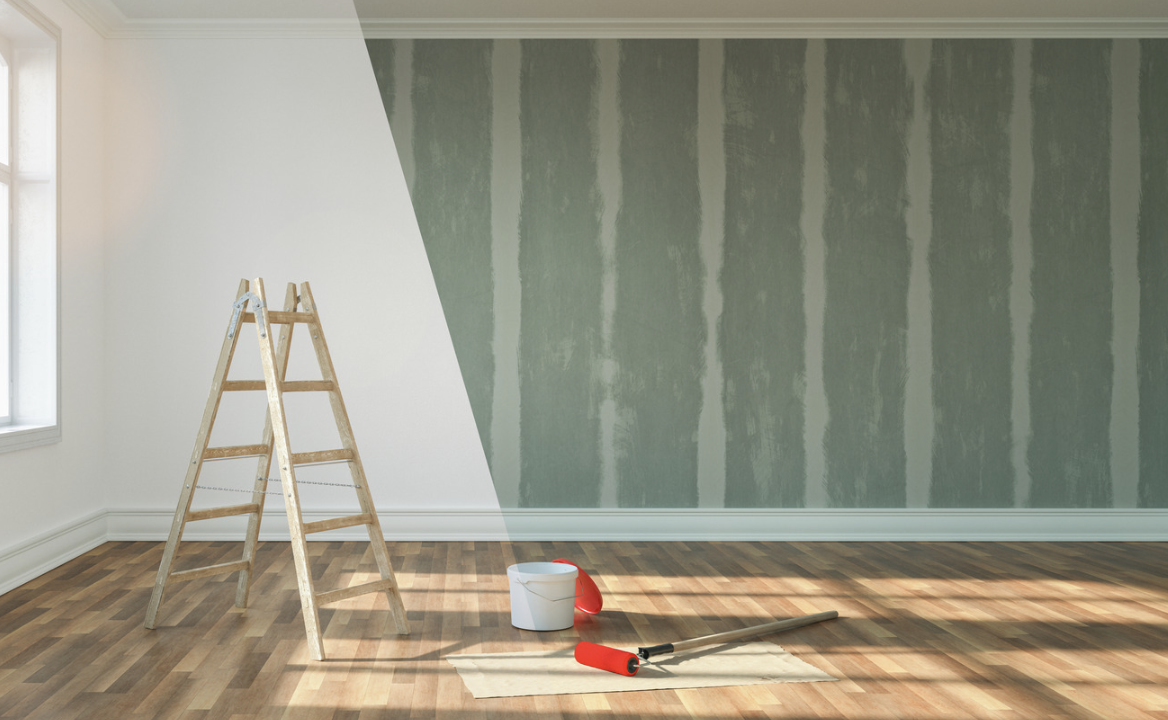Tips for Home Rehab and Remodeling
Define Your Style with a Mood Board/ Collage
Create a mood board to visualize the style you want for the remodel. Collect images, colors, textures, and furniture ideas to guide the design. Having a clear aesthetic will help you and your contractor stay aligned.
Understand Material Grades and Quality Options
Familiarize yourself with the different grades of materials (e.g., basic, mid-grade, and premium) to make informed decisions. Select materials that align with your budget, style, and the longevity you desire for each area.
Choose a Licensed and Insured Contractor
Look for reputable, licensed, and insured contractors to ensure quality work and protect against liabilities. Verify their credentials and ask for referrals from past clients.
Get Multiple Estimates and Check References
Obtain quotes from at least three contractors and check their references. This helps compare costs and get insights into their reliability, quality, and timelines.
Have a Trusted Network for Specialized Work
Access to a reliable list of specialized professionals—such as landscapers, electricians, plumbers, and painters—can streamline the process and ensure quality across all areas of the project.
Prioritize High-Return Upgrades if Selling
Focus on renovations with strong resale value, like kitchens, bathrooms, and curb appeal enhancements. Research your area’s trends or ask your agent about upgrades with the best return on investment.
Research Local Permit Requirements
Check city regulations for any required permits before beginning the project, especially if you’re making structural changes or adding square footage. Not having the right permits can cause issues when selling.
Consider Future Buyers in Design Choices
When renovating to sell, opt for neutral finishes and classic styles that appeal to a broad audience. Custom touches can personalize the space, but too many specific upgrades may limit buyer interest.
Budget Wisely with a Contingency Fund
Set aside a contingency fund of 10-15% of your budget to cover unexpected expenses. This can help prevent delays and ensure the project stays on track.
Document the Process
Keep records of the work done, including before-and-after photos, permits, and receipts. This documentation can be useful for buyers to see the quality and extent of the upgrades.
Stay Mindful of Timeline Expectations
Remodeling timelines can shift. Be clear on estimated completion dates but be prepared for possible extensions due to materials, inspections, or other unexpected factors.
Consult with Your Agent on Market Timing
If your goal is to sell post-renovation, consult with your agent to align the project’s completion with the best time to list. Timing can be a crucial factor in maximizing the home’s market potential.













